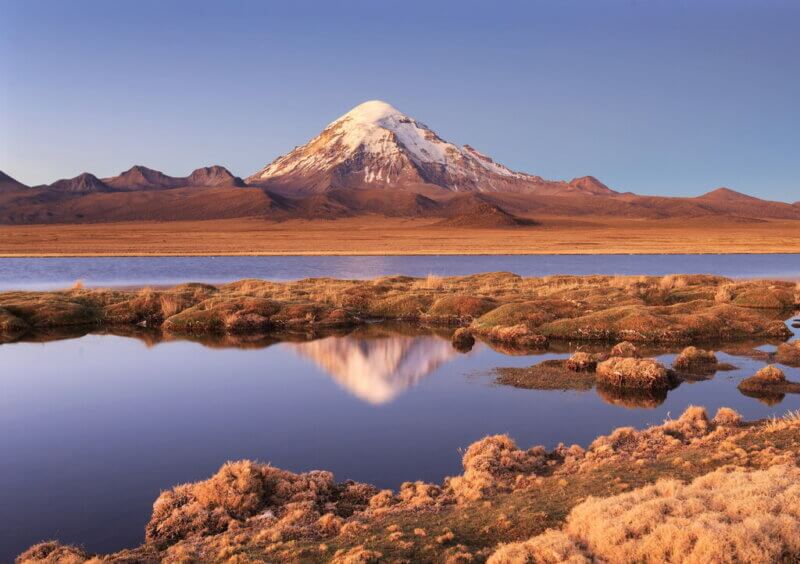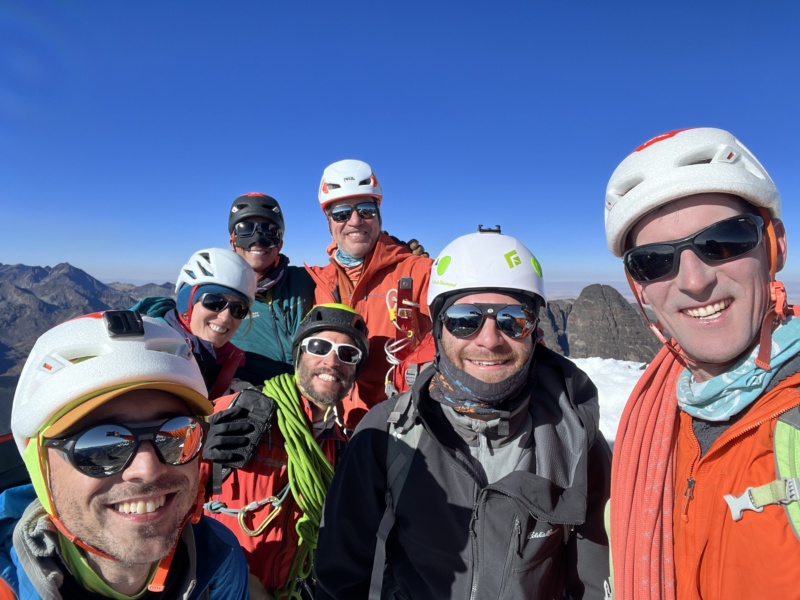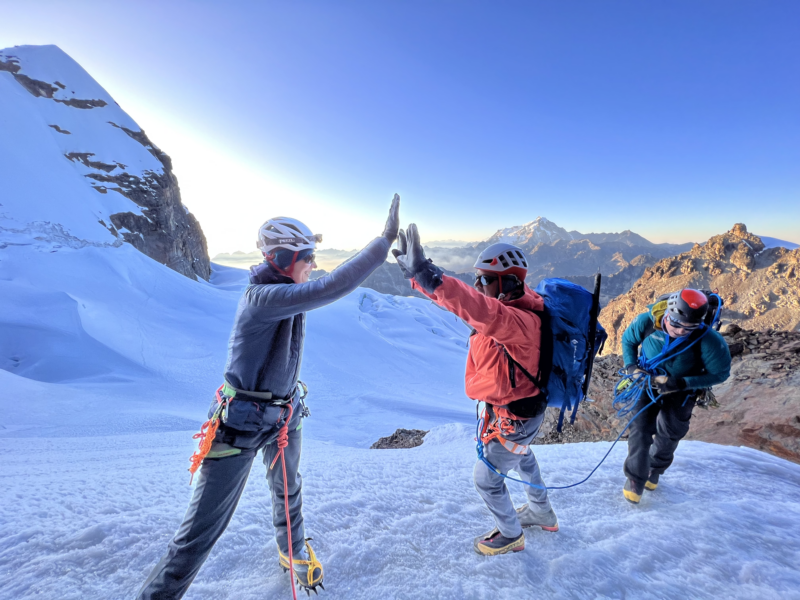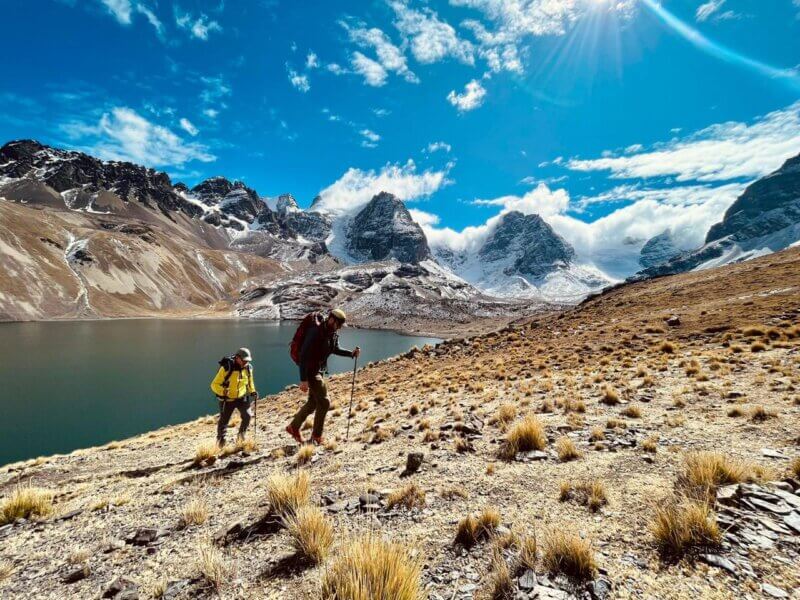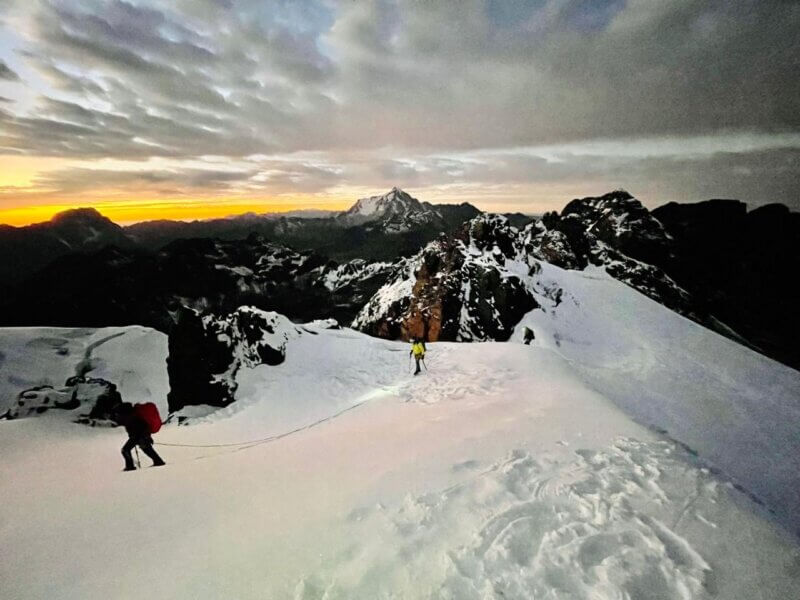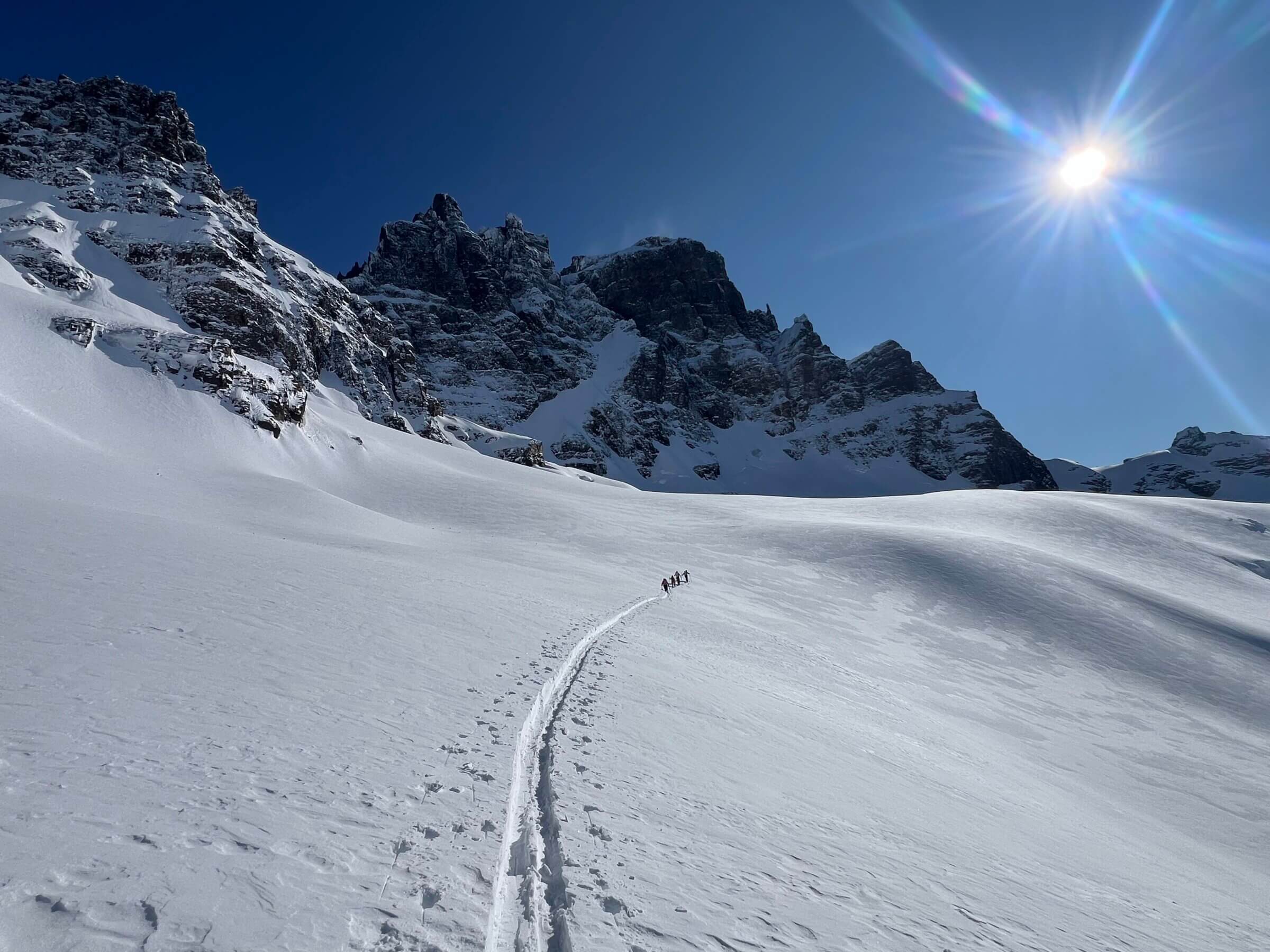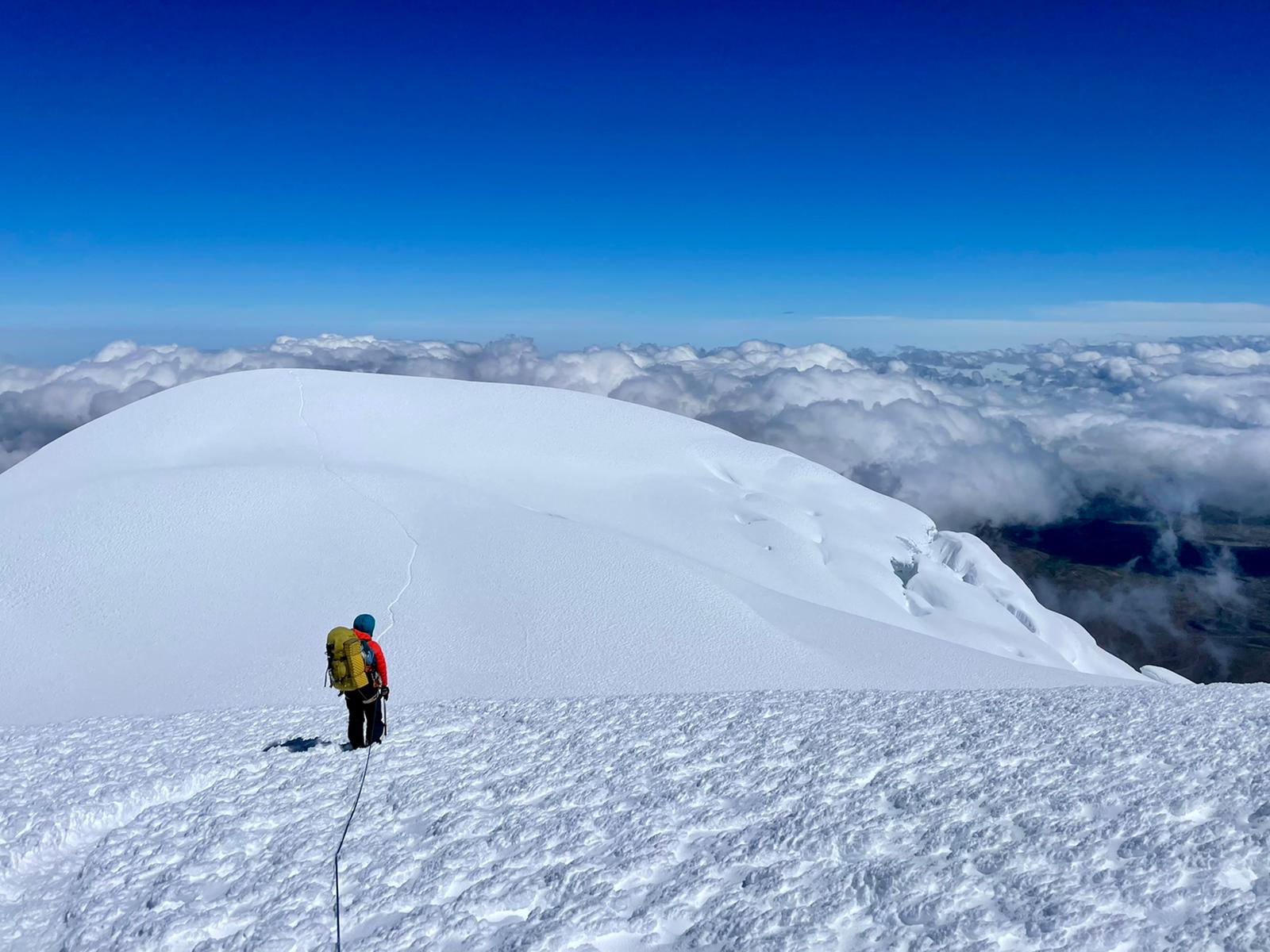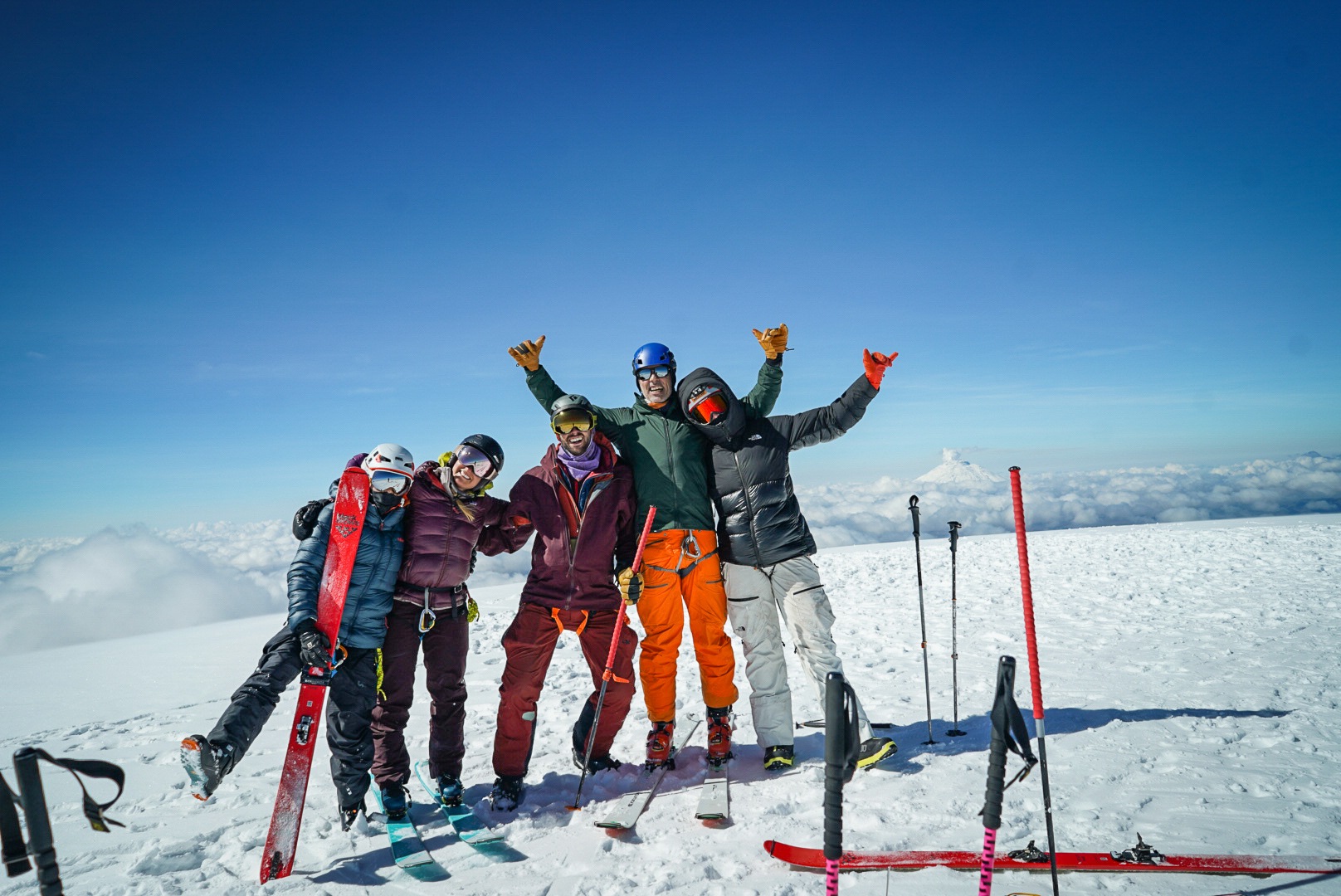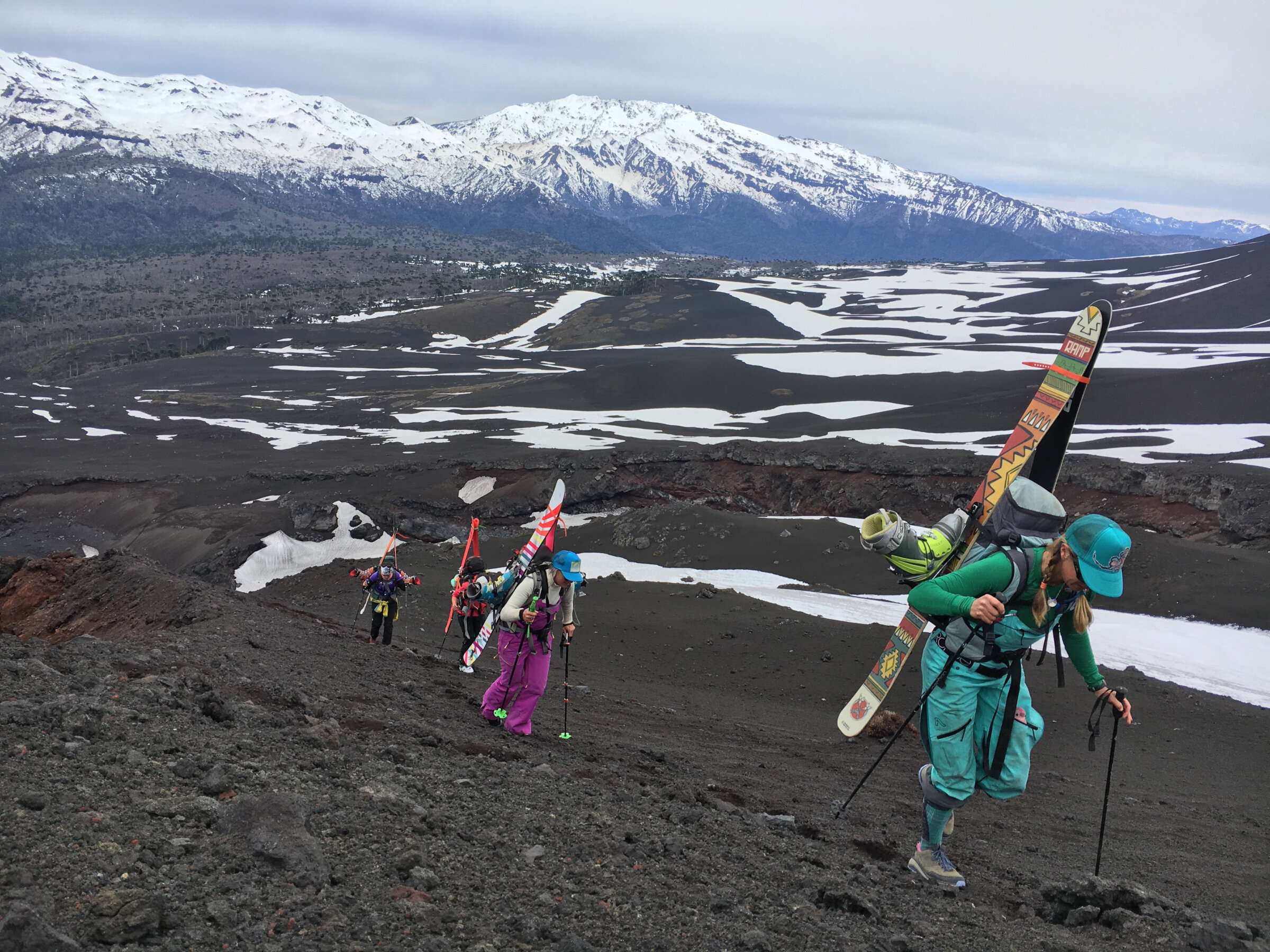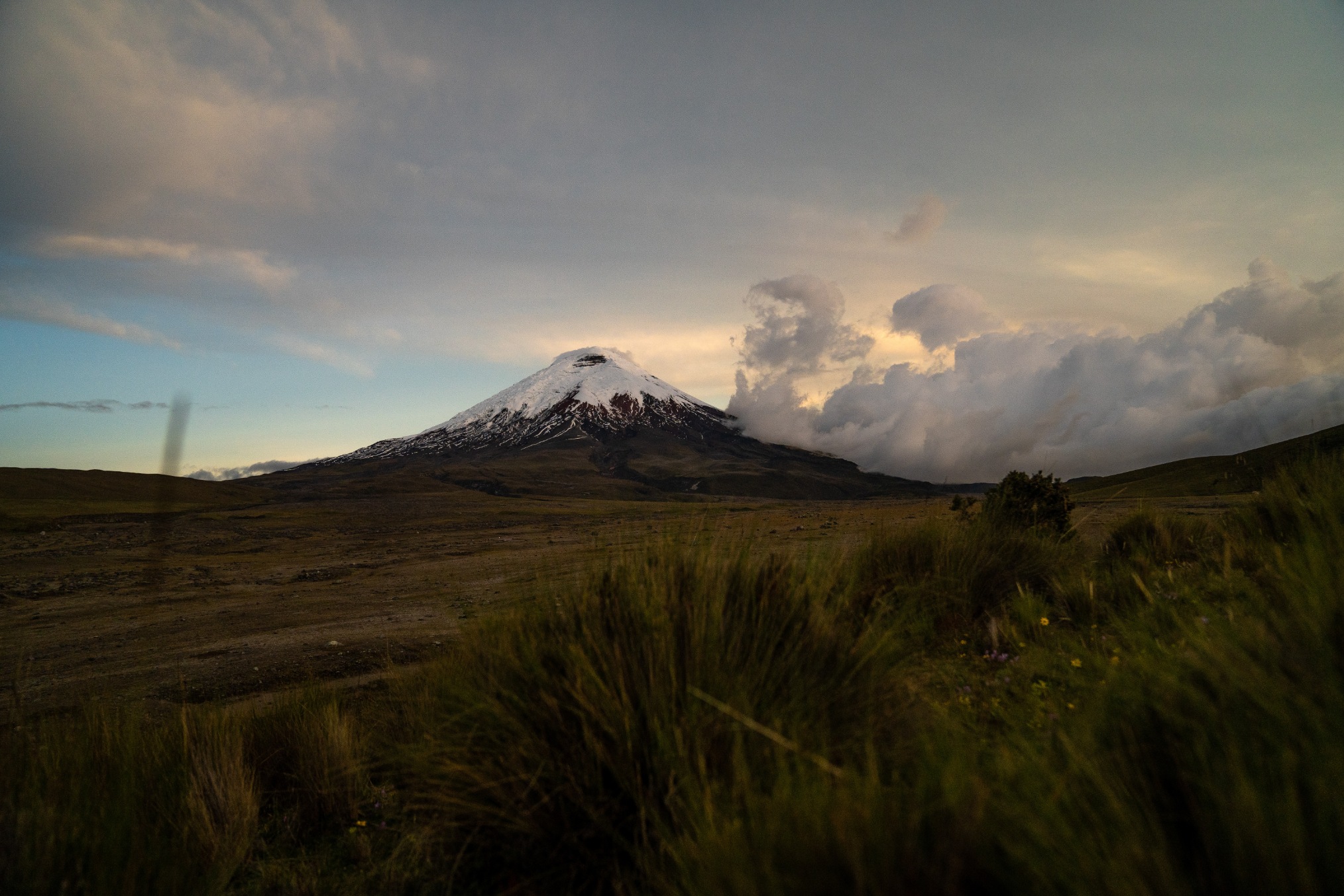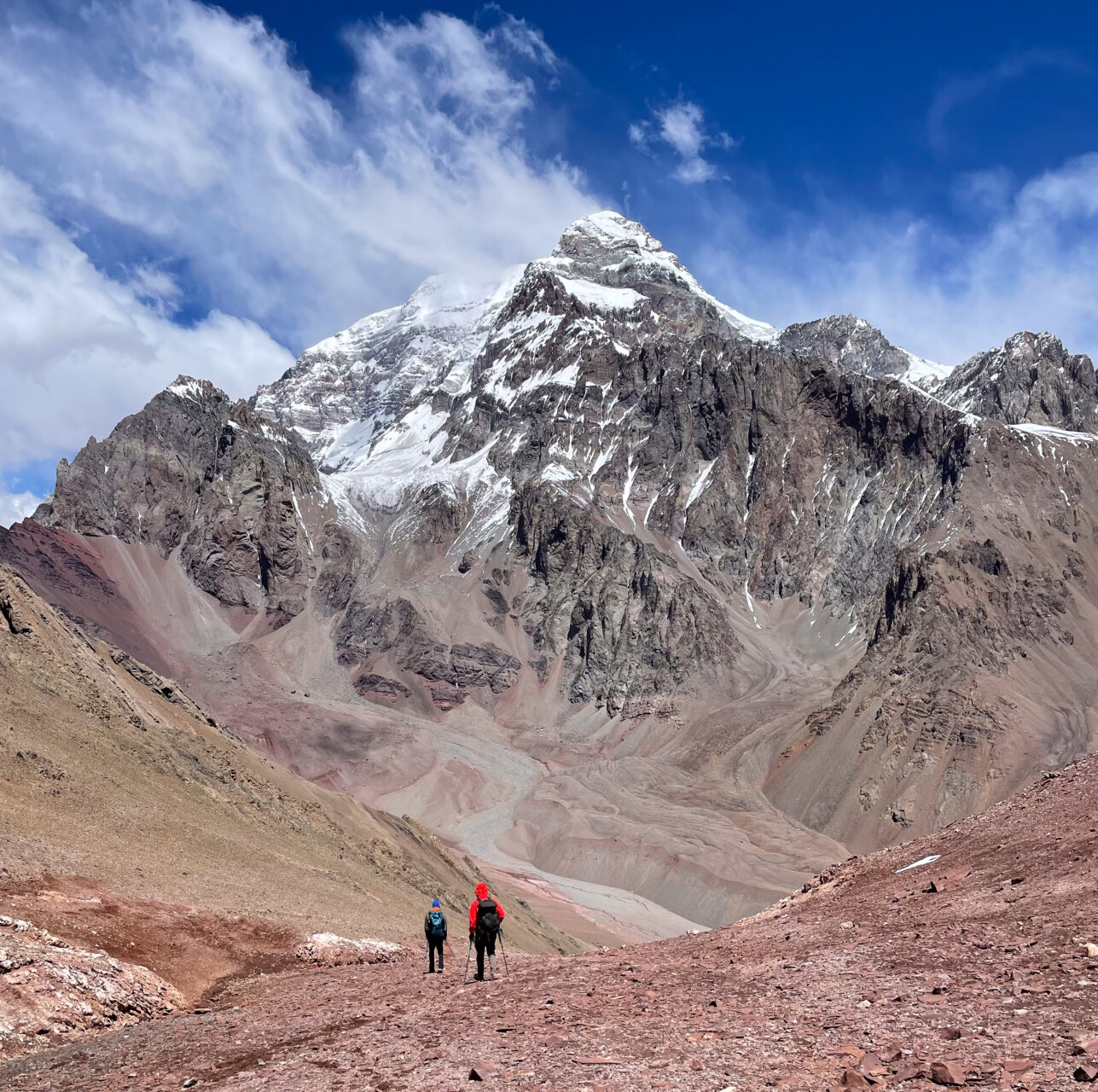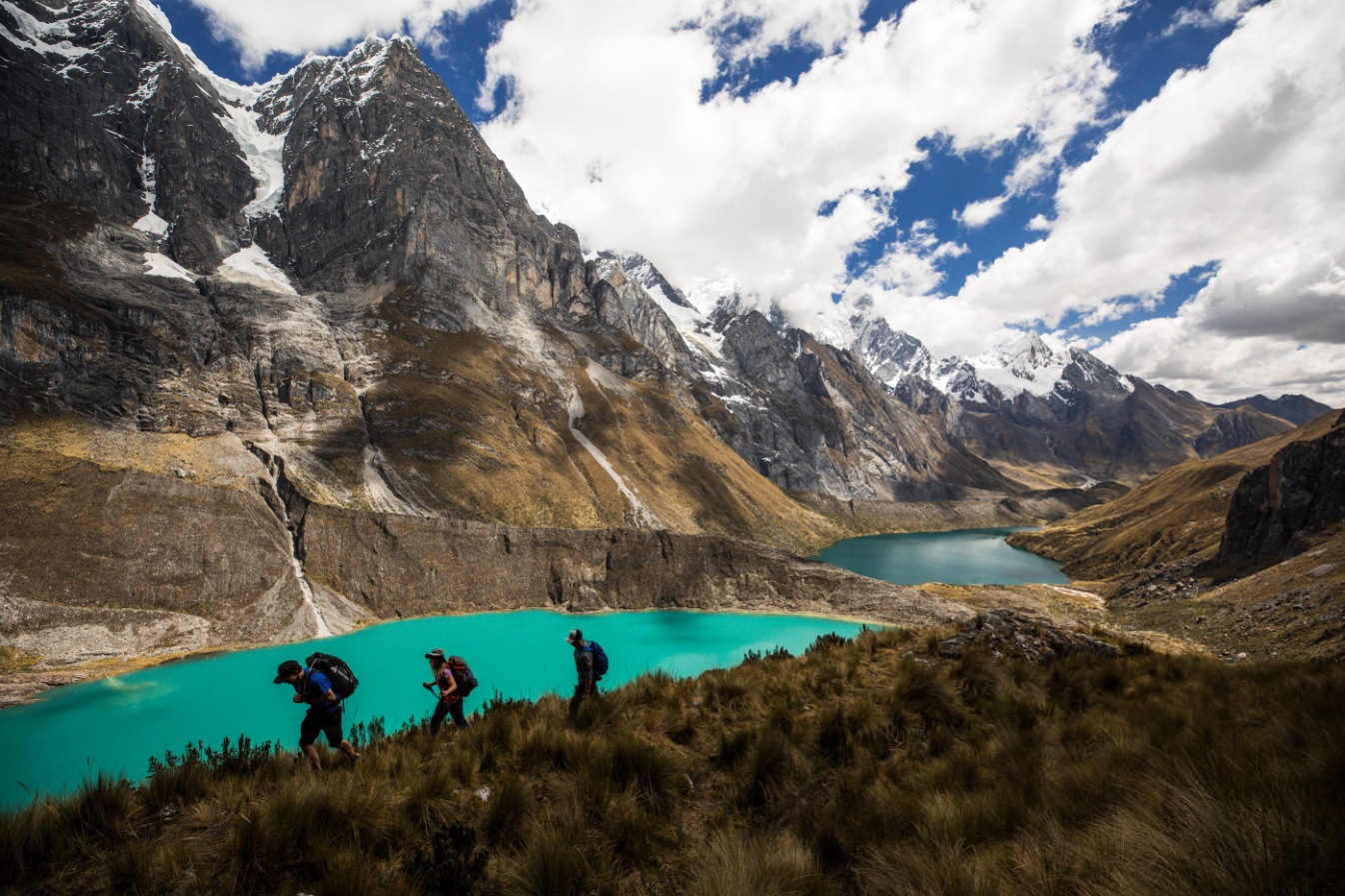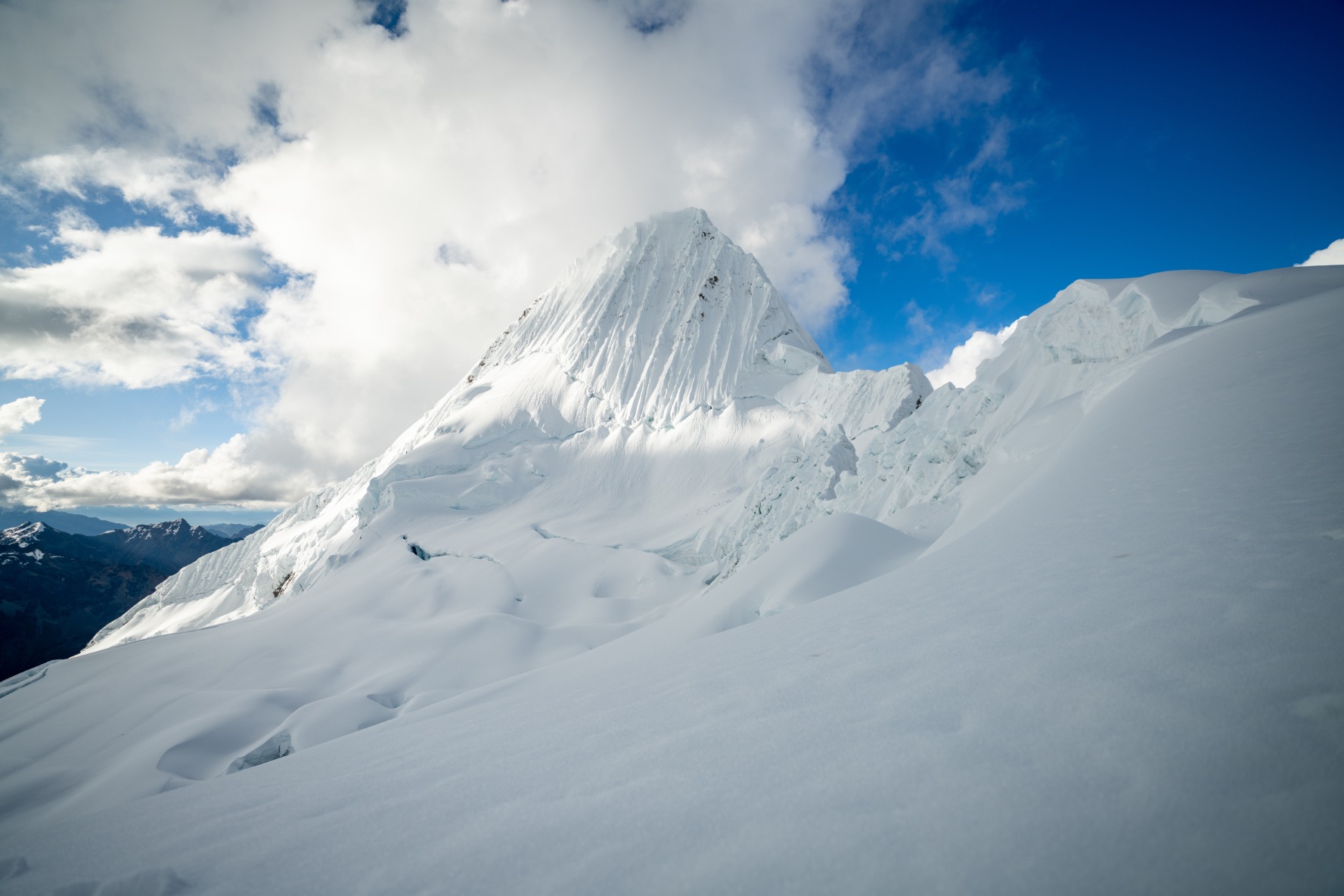Culture and Climbing in Bolivia
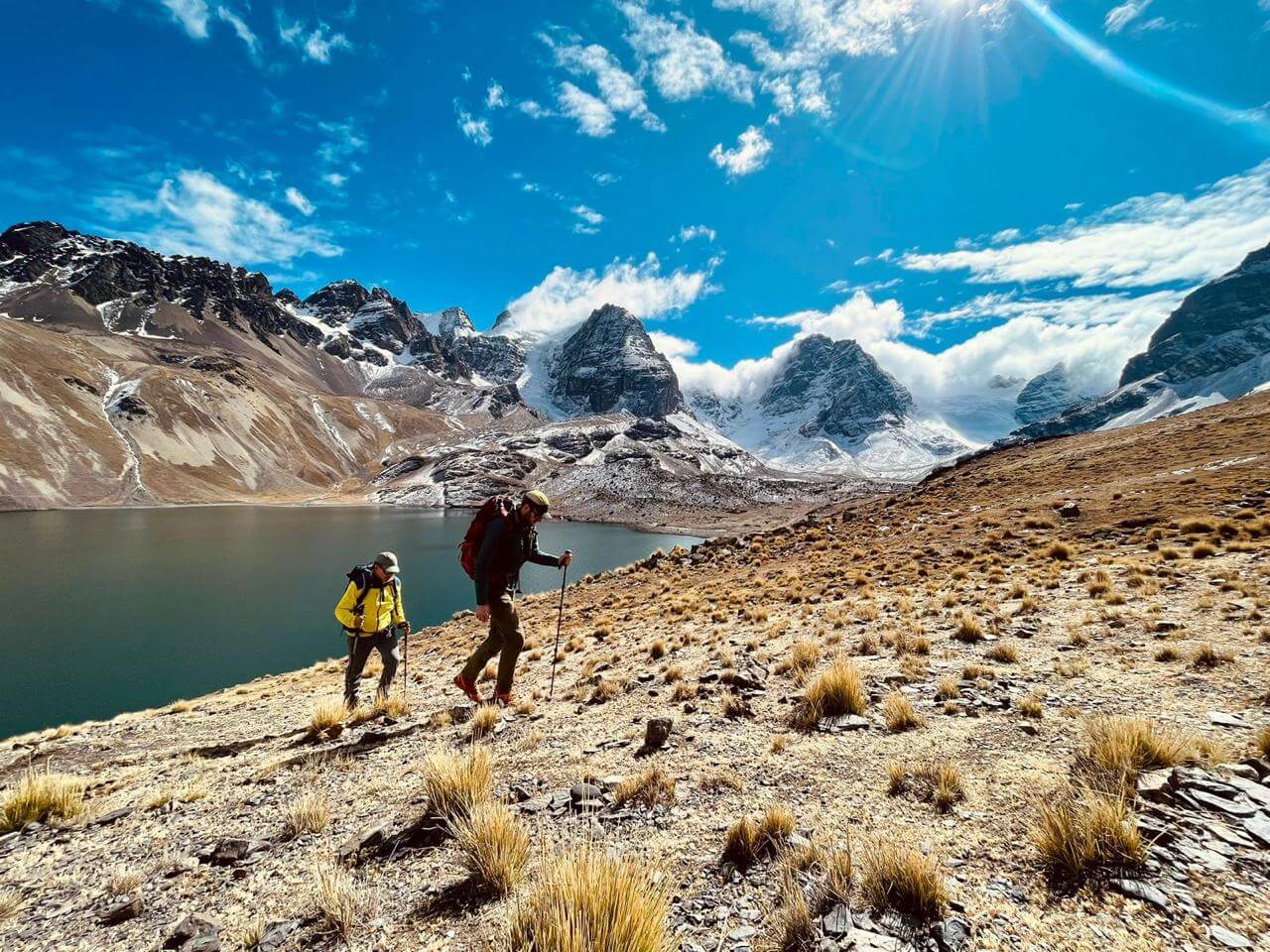
Our Mountains of Bolivia expedition is more than just a climbing trip—it’s a deep dive into Bolivia’s living history, spiritual traditions, and high-altitude landscapes. Over 16 days, we move from the vibrant energy of La Paz to the quiet, snow-covered summits of the Cordillera Real, all while immersing ourselves in the cultural heartbeat of the Andes.
Starting in La Paz
We begin in La Paz, one of the highest cities in the world, sitting at 11,811 feet (3,600 meters). It’s a natural place to start acclimatizing, but it’s also a place that demands exploration. Winding through the city’s steep streets, we visit the famous Witches’ Market—El Mercado de las Brujas—where Aymara healers sell dried herbs, spiritual charms, and offerings to the mountain gods.
Learning from the Aymara
The indigenous Aymara people are at the core of Bolivian culture, and their relationship with the mountains is powerful. They don’t see these peaks as obstacles or achievements—they’re ancestors, spirits, protectors. Spending time with Aymara communities helps shift how we think about climbing. It becomes less about tagging summits and more about moving respectfully through a sacred landscape.
One tradition we often witness is the Alasitas festival, where locals buy miniature versions of the things they hope to receive in the year ahead—houses, jobs, money, even climbing gear. They offer them to Ekeko, the god of abundance. It’s playful and profound at the same time.
Culture as Acclimatization
Before we head to the mountains, we spend two days at Lake Titicaca. At 12,500 feet, the lake helps us adjust to altitude, but it also gives us space to slow down and take in the spiritual energy of the Andes. We stay in Copacabana, visit the Isla del Sol, and connect with the local way of life. That connection sticks with us when we get to the mountains.

Climbing Bolivia’s Big Peaks
Our climbing objectives include Pequeño Alpamayo (17,618 feet / 5,370 meters) and Huayna Potosí (19,974 feet / 6,088 meters). For those who want to take it further, there’s an optional five-day extension to climb Illimani (21,122 feet / 6,438 meters), the tallest peak in the Cordillera Real. These aren’t just beautiful climbs—they’re technically interesting, physically demanding, and spiritually rich.
When we reach a summit, we often think back to what we learned in La Paz and Lake Titicaca. That the mountain isn’t ours to take. We’re just guests, and if we’re lucky, the mountain lets us stand on top for a few moments.
2025 Dates and Details
This year’s Mountains of Bolivia expedition runs from July 19 to August 3, 2025, with the optional Illimani extension running until August 9.
• Full trip page: Mountains of Bolivia Expedition
• Behind-the-scenes story: Climbing Culture in Bolivia Runs Deep
Why It Matters
Climbing in Bolivia changes you. You come for the peaks, but you leave with something deeper—an understanding that the mountains are more than terrain. They’re tied to history, to people, to belief systems older than anything we’ve built. And when you climb with that awareness, the whole experience becomes more meaningful.
